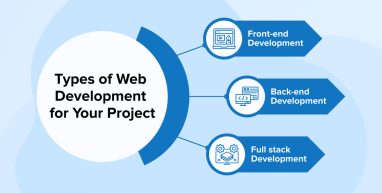
The development of a website includes both its initial design and subsequent upkeep. It refers to the efforts put across the scenes to ensure a website looks nice, runs well, and provides a pleasant experience for visitors.
For instance, when you see a button called “Checkout Now,” many website users do not even give much attention to the code that takes them to the transaction gateway. Web development companies are responsible for the look and functionality of the button and the website as a whole.
However, there are many types of web development and developers based on the subject. First, we’ll take a look at the various types of web development approaches so you can make an informed choice regarding your interest.
1. What are the Different Types of Web Development?
It is essential to first grasp the three primary forms of web development before diving into the practice of web development itself and talking about the many kinds and technologies that go along with them.
- Front-End Development
- Back-End Development
- Full-Stack Development
Let’s examine each category separately.
2. Front-End Web Development
Client-side web development, or front-end web development, is another name for this process. It’s the practice of creating a website’s front end using markup languages like HTML, CSS, and JavaScript.
When designing the front end of a website, the goal should be to ensure that all material can be read without any difficulty by the target audience. Front-end developers and web designers must also be proficient at writing tidy and effective code in order to create an interface that is both visually appealing and functional.
Most common programming languages, frameworks, and libraries in front-end development:
2.1 HTML
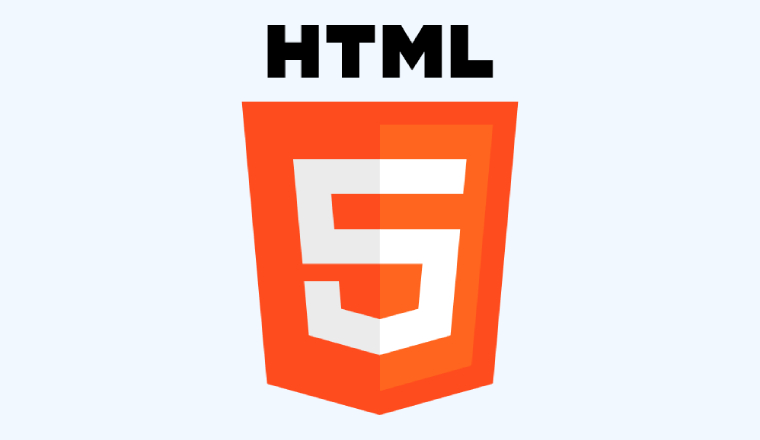
Hyper Text Markup Language, or HTML for short, is a programming language for making websites and web applications. Let’s define HTML and a web page and discover what they mean.
- HyperText refers to a text that has embedded links. Each time you use a search engine to find information online and then click on a link that takes you to another website, you are using hypertext. When you use HyperText, you may connect any number of individual web pages (HTML documents) to one another.
- Markup languages are computer languages that apply standard layout and formatting rules to text documents. Dynamic and engaging content is possible using markup languages. The program has the ability to transform plain text into graphics, tables, hyperlinks, and more.
- A webpage is a document created in the hypertext markup language (HTML) and read by a web browser. Just typing in a website’s address (or “URL”) will take you to that page. There are two distinct types of websites: static and dynamic. Static web pages may be made with just HTML.
So, HTML is a markup language used to create visually appealing web pages by employing various forms of style, and which display appropriately on a web browser. Different information is contained in each of the numerous HTML tags that make up an HTML page.
2.2 CSS
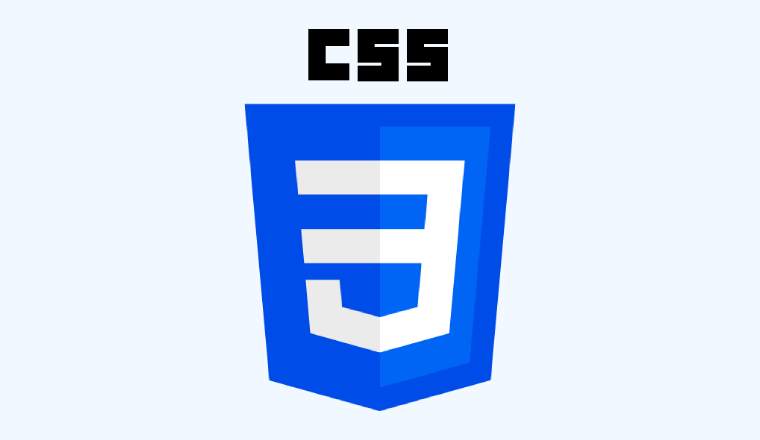
CSS is an abbreviation for Cascading Style Sheets. This is the language used to create a website’s design and structure. CSS is as essential as HTML for building websites. Websites would still just be sober text on a plain background if it weren’t around.
Until the World Wide Web Consortium (W3C) developed Cascading Style Sheets (CSS) in 1996, the appearance and functionality of websites were severely constrained. Hypertext was the original format for web pages, which early browsers displayed as plain text with pictures and links to other hypertext sites. Paragraphs were just strewn throughout the page in a single column with no real arrangement at all.
With CSS you can do things like:
- Alter the browser’s default typefaces, change the text and link colors, and adjust their sizes.
- Use colors in backdrop design.
- Frame website components in boxes and reposition them wherever on the page using the “float” feature.
2.3 JavaScript
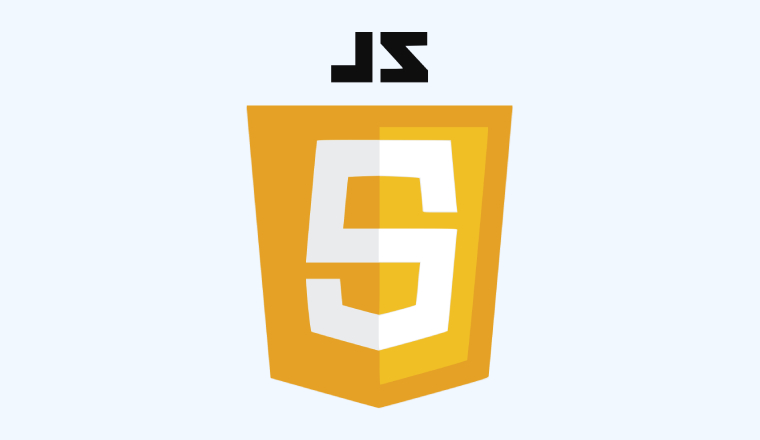
JavaScript is a simple, translated programming language used to enhance and add functionality to websites. It’s versatile enough to be used for everything from adding new buttons to creating complex animations. JavaScript extends the functionality of the browser by following basic instructions embedded within script> tags in an HTML document.
When JavaScript is set on a computer, it’s simple to make changes to existing web sites or build whole new ones from the start. Web developers frequently choose JavaScript due to widespread browser support.
In order to increase the amount of time visitors spend on your site, JavaScript must be used. If you have Gmail running and click the inbox tab, for instance, rather than the full website loading, you will see a seamless movement, and the inbox will populate.
2.4 Angular
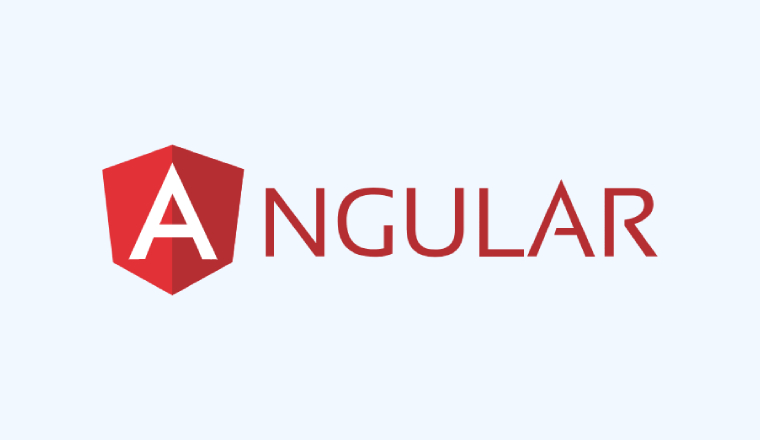
When it comes to web frontend frameworks, Angular is by far the most popular option. It is a framework for developing highly functional and feature-rich single-page applications. It’s a Google-made programming environment that relies on Typescript. Angular is a series of tools for creating, building, testing, and modifying code, as well as a library of well-integrated libraries, all geared toward the creation of large online applications.
Depending on your requirements, Angular may help you build a single-page app or an enterprise-level solution. There are now two major users: YouTube and Google Translate. With its many useful features, it has quickly become one of the most widely used frameworks available.
2.5 React
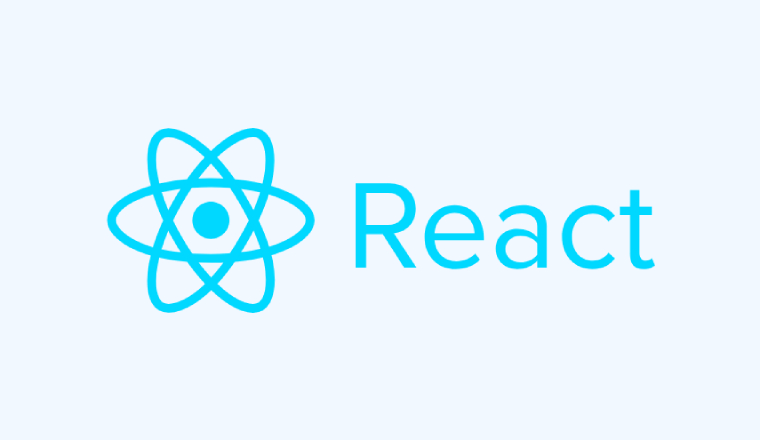
React, or ReactJS as it is more often referred to, is a popular front-end JavaScript toolkit for creating user interfaces and associated components. It is built using MVC, but with a new data presentation and accessibility matrix. The Virtual DOM and its approach to document access and modification are two of its defining characteristics. As a result of the DOM’s interactions with HTML and XML documents, the latter take on a tree-like structure, with each HTML element acting as an object.
React, developed by Facebook, is widely regarded as an excellent front-end library. To build its parts, JSX employs a syntax that combines HTML tags and quotation marks. It disassembles complex systems into simpler parts that may be handled independently. While using this function, developers will naturally become more efficient.
Further Reading on: Benefits of React.JS
2.6 Backbone.js
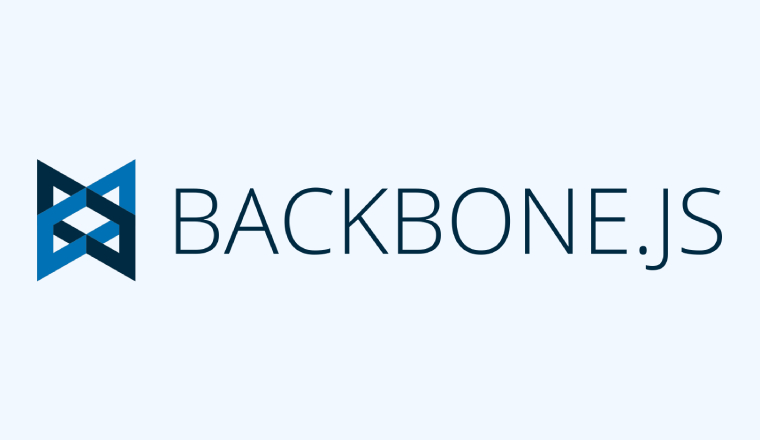
Backbone, first published in 2010, is a simple and compact front-end framework. It’s meant for creating single-page applications and is based on the Model-View-Presenter (MVP) syntax. Backbone.js is a popular JavaScript library that offers frameworks with custom actions and substantial key-value binding, giving web applications the structure they need. Libraries of enhanced APIs exist, including features like functions, declarative event handling, and views. It has a RESTful JSON interface, so it can communicate with the existing API without any problems.
This library is perfect for developing unified, single-page web applications. With the Backbone Layout Manager, programmers have access to a library of pre-made viewpoints. For problem-solving and communication, as well as in places with plenty of code, it has been deemed beneficial. It’s a simple fix for a complex issue.
2.7 Ember.js
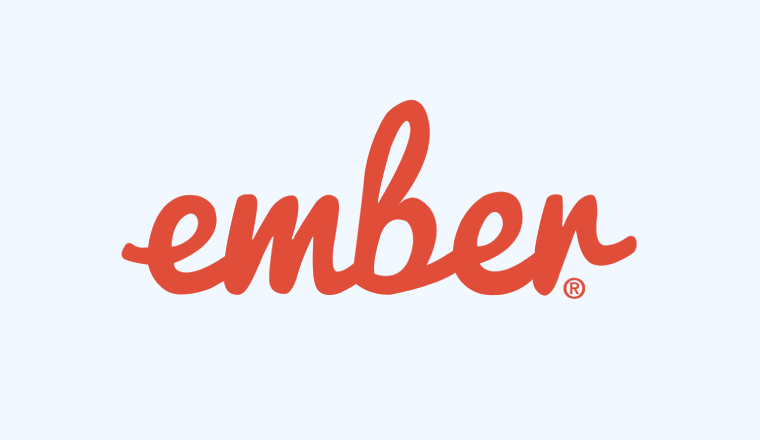
Since 2011, developers have had access to the Ember.js frontend framework. Aspiring web developers leverage Ember to create robust cross-platform projects, despite the fact that it is not as popular as other frameworks. It is another open-source option worth watching. It may help you create cutting-edge UIs for web-based software, mobile and desktop apps, and even cross-platform software.
The MVVM architecture is used here. By default, Ember creates a testing program for every new object. The Ember audience is always growing, and this means that you can always count on cutting-edge programmers to add and refine the framework’s existing capabilities.
2.8 Semantic-UI
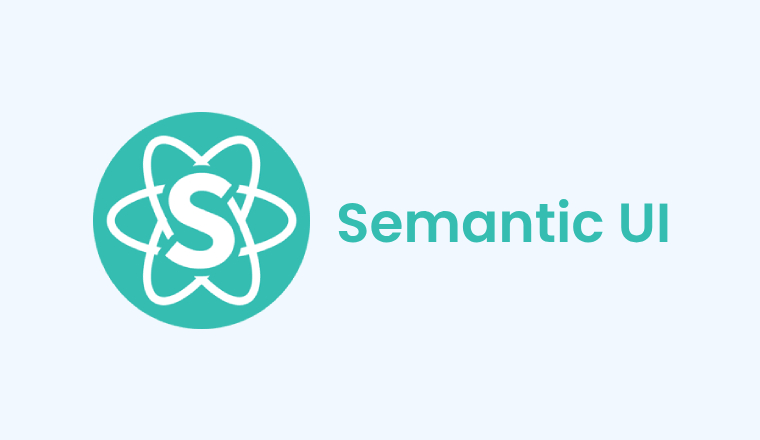
Semantic-UI is a web design framework that allows you to make sites that look great on all devices. It’s always being updated and expanded upon in order to better serve its users. So, it’s a viable alternative to the popular Bootstrap framework.
The concept of a semantic user interface has only been around for a short while. It’s widely recognized as a top frontend framework for building websites. The success is due to the user interface’s readability, ease of use, and spontaneity. Being written in a very straightforward programming language, it is accessible even to newcomers. It’s a great development platform since the process of creating websites and apps is simple, and it works with a number of different third-party libraries.
2.9 Svelte
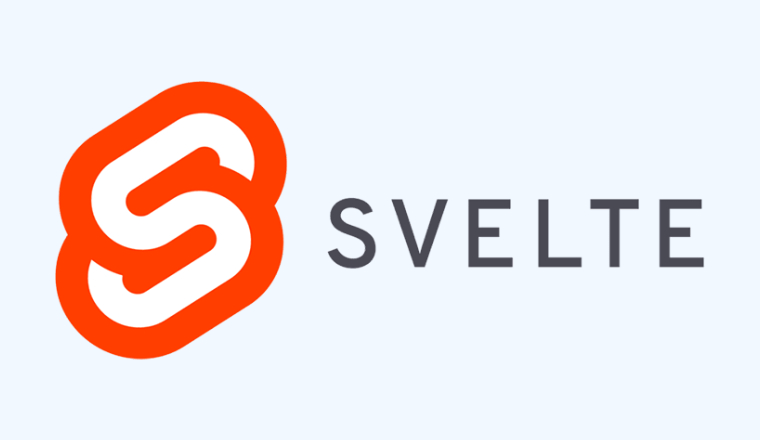
This framework is a relative newcomer to the field of frontend development, having had its original launch in 2016, and its steady release occurring in the fall of 2021. In spite of its maturity, Svelte merits consideration as a viable option for creating innovative user interfaces.
Svelte’s key difference from other frameworks is that its work is done not in the browser but rather in the compiler during the construction process. Because of this, a virtual DOM is unnecessary, and only the elements necessary to render your app need to be uploaded to the page.
2.10 Vue
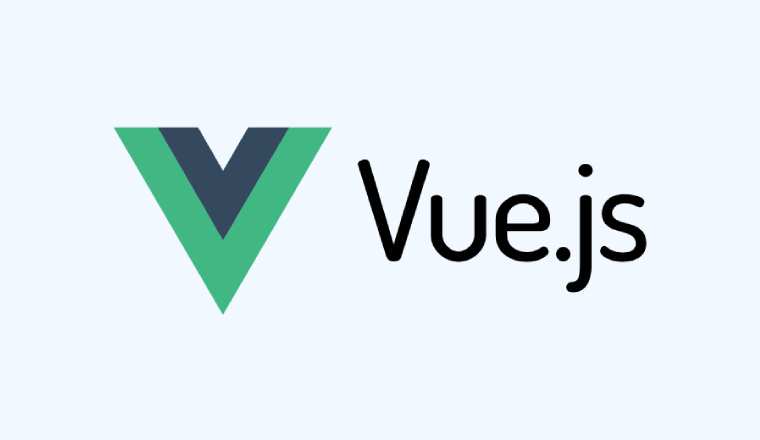
Vue.js is a cutting-edge, forward-thinking MVVM framework that makes excellent use of gradual adoption. Being one of the top JavaScript libraries, Vue.js has been developing compact, flexible, and interactive UI components. It offers data-reactive components with an adaptable and user-friendly application programming interface. Little tasks are easy to finish and may be scaled up to bigger ones with little difficulty.
Vue.js’s compact size makes it easy to download and set up. It’s possible to make both basic and complex templates, and mistakes may be spotted immediately. Integration with third-party apps is made easier, and comprehensive documentation is provided. It also helps programmers learn about other similar front-end frameworks, such as Angular.js, React.js, and others. Because of its Model-View-ViewModel design, working with HTML components is simplified.
2.11 Preact
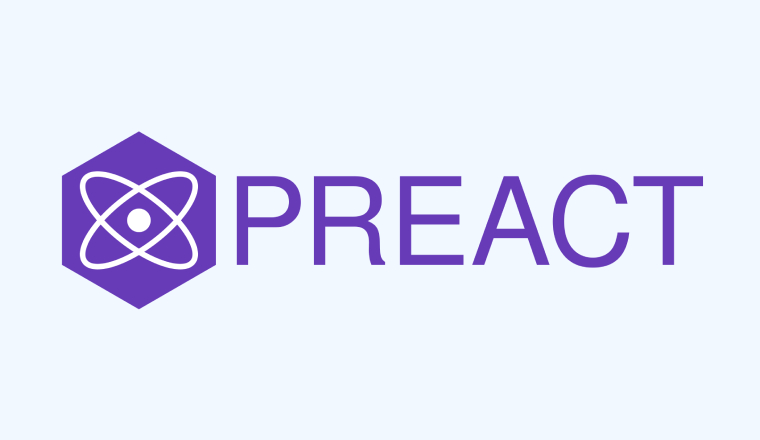
Although React is the most widely used front-end framework, it is not without flaws. It was for these reasons that the concept of creating a lightweight framework with the same capabilities as React emerged. This is how Preact, a very condensed form of React, came into being.
Both Preact and React are based on the same API and follow the same app development practices. Preact, on the other hand, is far more compact and makes use of the most lightweight and speedy virtual DOM implementation imaginable.
3. Back-End Web Development
Backend development, or server-side web development, is the process of creating a website’s infrastructure. Back-end developers are responsible for the conceptual framework of a website and the coding that supports it. The logic, databases, servers, and APIs on the back-end are the primary areas of interest.
Because the back-end handles the heavy lifting in a web project, the technology that goes into making a site is often hidden from view. Therefore, back-end web development is an integral component of every website.
PHP is a popular server-side scripting language that may be used to create interactive web content and track user sessions as well as administer databases and online stores.
Commonly employed programming languages and frameworks in back-end Development:
3.1 Java
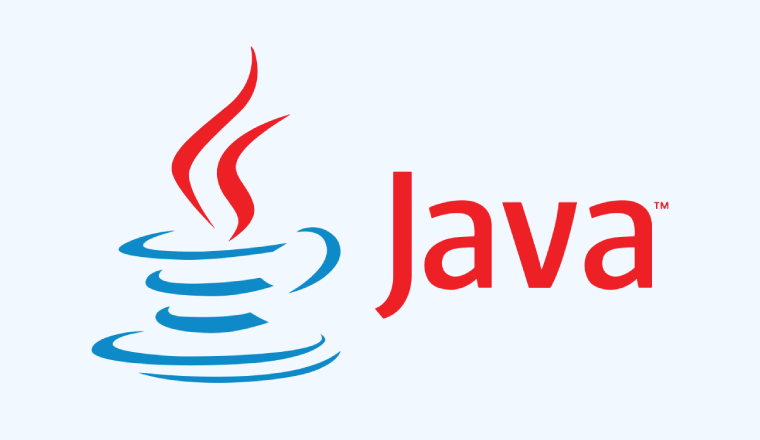
Java is a popular backend programming language used for building robust and scalable web applications. It runs on the Java Virtual Machine (JVM) which makes Java a highly portable language.
Java is a compiled language, which means that it is highly optimized for performance. It is also designed to use resources efficiently, making it a great choice for building applications that need to handle large volumes of traffic and data.
You can easily add new features and functionality without having to rewrite the entire application in Java. It has a strong focus on security and is designed to prevent common security vulnerabilities such as buffer overflows and SQL injection attacks. This makes it a great choice for building applications that need to handle sensitive data or transactions.
3.2 SQL
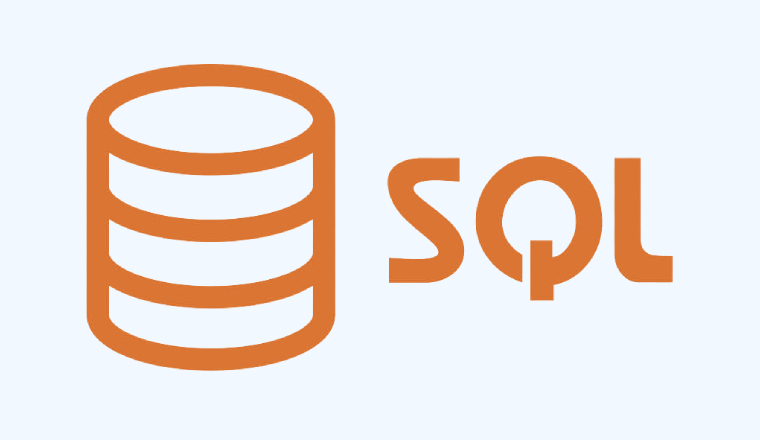
SQL (Structured Query Language) is not a programming language in the traditional sense, but rather a domain-specific language used for managing relational databases. However, SQL is commonly used as a backend technology to handle database operations in web applications.
SQL is designed to efficiently manage large volumes of data, making it an ideal choice for backend development where data storage and retrieval are critical. It is also widely used in the industry, which means that there are many resources and tools available to developers. SQL has built-in security features that make it a great choice for building applications that need to handle sensitive data or transactions.
3.3 Python

Considering its versatility, Python is a great language for building websites. It is a language suitable for usage in many different industries and contexts. If you have experience with other programming languages for web development, Python won’t take long to pick up. Many opportunities exist for skilled Python programmers in the world’s leading IT companies.
Web programming, AI, and large-scale data analysis are just some of the many areas where Python shines. Because of Python’s accessibility, even inexperienced programmers can write robust applications.
3.4 .NET
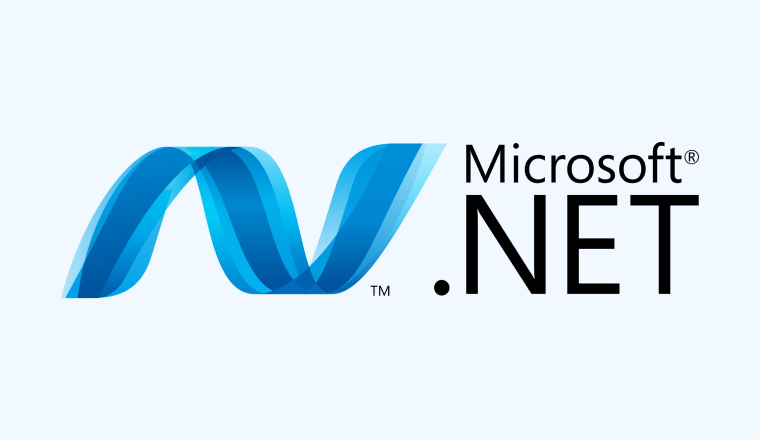
.NET is a popular backend programming language and framework developed by Microsoft. It is a cross-platform framework and can be used to build applications for Windows, Linux, and macOS.
Microsoft .NET is designed to scale easily, making it a great choice for building applications that need to grow and evolve over time. It has a large and active community of developers, and there are many tools and resources available to help developers build and maintain .NET applications. Moreover, .NET integrates well with other Microsoft technologies such as Azure, Visual Studio, and SQL Server, making it a great choice for building applications that need to work seamlessly with other Microsoft products.
2.5 Django
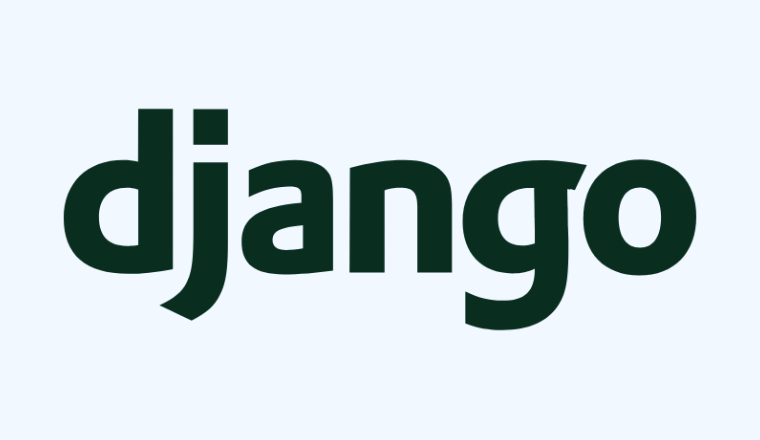
Django, a Python framework, was introduced in 2005 and quickly rose to prominence. It’s a top-tier, open-source framework that has everything a programmer may need, including scalability and personalization. Django is built on the MVC pattern and the DRY coding concept, both of which emphasize code reuse to improve Django’s speed and efficiency. The JSON, XML, and HTML markup languages are all supported by this framework.
It’s primary usage is in the construction of online applications in a short amount of time; it employs well-known Python capabilities and provides an interface for managing CRUD (Create, Read, Update, Delete) tasks. Among the most well-known websites and apps that make use of Django are those from Google, YouTube, Instagram, Spotify, Pinterest, Dropbox, Mozilla, and National Geographic.
3.6 Laravel
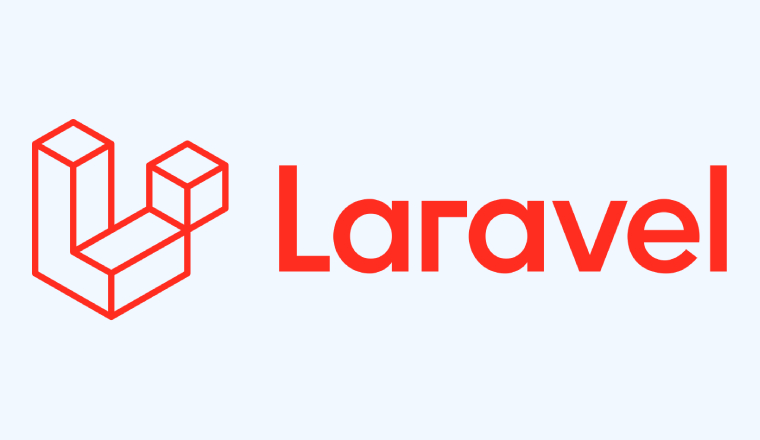
Laravel is a PHP framework that was introduced in 2011 and is based on the Model-View-Controller (MVC) design pattern. It has a user-friendly interface and is backed by a comprehensive library and API. Its primary function is the creation of websites, such as blogs, online shops, and news sources. With Laravel, programmers can build incredible, bespoke web applications with the aid of PHP’s expressive and beautiful syntax and database utilities like ORM (Object Relational Mapper).
Additionally, local or cloud-based email application sending speeds are much improved. Laravel is often compared to Ruby on Rails and Django since it uses MVC architecture for website development like both of those frameworks and is scalable and secure like Ruby on Rails. It is an end-to-end framework for processing data on the server side. Some notable businesses, including 9GAG, Pfizer, Crowdcube, and Razorpay, have used Laravel as their backend framework.
3.7 Express
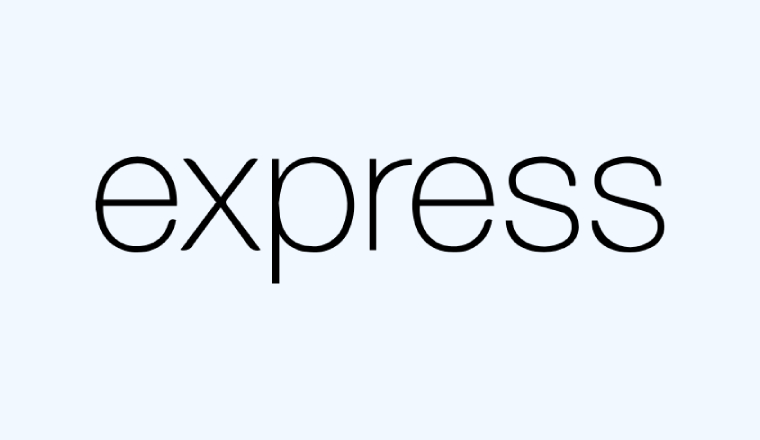
Express is a web application framework for Node.js that was launched in 2010 and is developed in JavaScript to handle REST API applications. It’s the backend component of the MEAN and MERN stack, which is used to create dynamic mobile and web apps. Express is quick, opinion-free, and simple.
Express.js is the backend component of the MEAN and MERN stack, which is used to create dynamic mobile and web apps. It’s quick, opinion-free, and simple. Express is popular among JS developers because of the versatility it provides for software. Express is a Node.js framework that may be used to build single-page, multi-page, and hybrid applications. It supports GET, PUT, POST, and DELETE queries in NoSQL, MongoDB, and Node.js. Express is the backend framework of choice for companies like Accenture, PayPal, Twitter, Myntra, Uber, and IBM.
3.8 Spring Boot
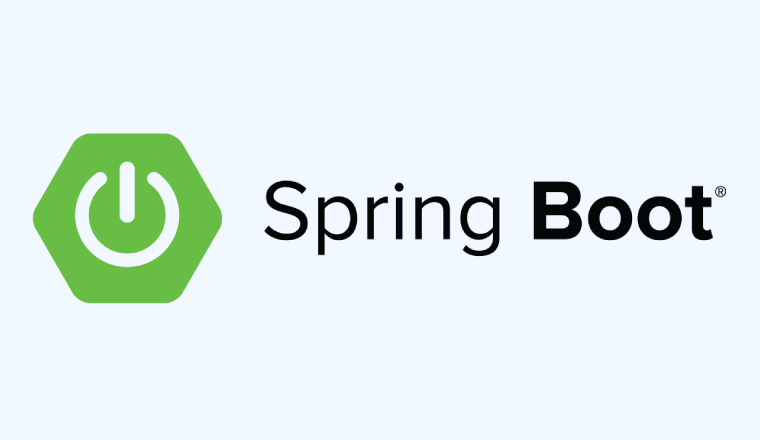
For those interested in Java frameworks, Spring Boot was published in 2014 and is both open source and lightweight. Use it to build apps that run independently of the web. A Spring core container, a container-providing module, is included. It’s a well-liked framework since it uses the MVC design pattern and can handle CRUD tasks.
Web application development add-ons are available, and it supports flexible security settings. Lazy initialization is a technique used by web developers when making language-based beans. Transaction processing, monitoring, caching, and protection are just some of its many valuable features. Spring Boot’s strengths as a microservices framework, setup wizard, and rapid application developer make it a popular choice. Google, Microsoft, Udemy, Amazon, and Trivago are just some of the businesses that have adopted Spring Boot.
3.9 Ruby on Rails
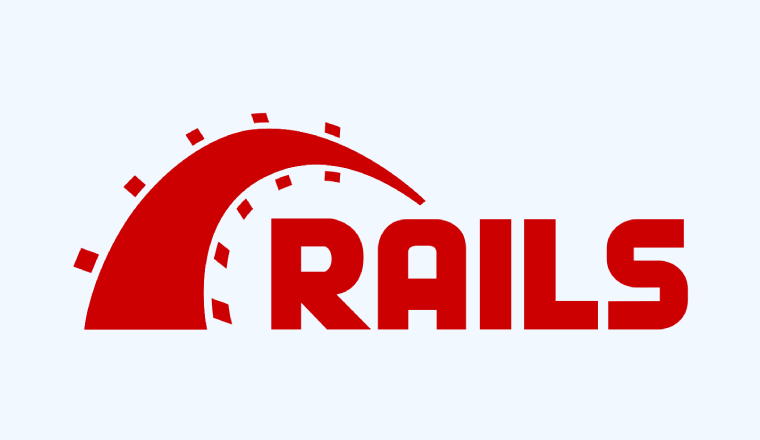
Ruby on Rails is a server-side framework that has been available since 2004. In terms of web services, it provides a default architecture that is based on the Model-View-Controller pattern. It utilizes HTML, CSS, and JavaScript to generate a database free of errors and to develop programs.
Specifically, it relies on the DRY (Don’t Repeat Yourself) and CoC (Convention over Configuration) principles (Convention over Configuration). One is employed to cut down on code duplication, while the other offers several potential solutions to an issue. GitHub, Shopify, Netflix, Airbnb, and Crunchbase are just a few of the companies that have adopted Ruby on Rails.
3.10 ASP.NET
Released in 2002, ASP.NET (Active Server Pages) is a C#-based, open-source framework that is completely free to use. It’s a Windows-compatible modular framework that works with the .NET runtime. Because of its extensive API services and microservices, it is the go-to framework for developing modern, real-time online applications.
The .NET Framework is an upgraded version of ASP.NET that provides a set of resources (such as a set of libraries and a set of programming languages) to programmers. It’s compatible with the three major operating systems. Slack, SpaceX, Alibaba Travel, and MasterCard are just a few of the companies embracing ASP.NET as their server-side framework of choice.
4. Full-Stack Web Development
Creating both the front and back ends of a website is known as “full-stack web development.” A full-stack developer is one who is well-versed in all aspects of creating and maintaining websites, from design and coding to databases and fixing bugs.
The skillset of full-stack developers includes not just client-side and server-side web application development but also database administration. When it comes to revamping, creating, and accelerating the complete website designing and construction process, full-stack web developers know what they’re doing.
Full-stack web developers must also keep an eye out for emerging technologies and frameworks in the field, such as blockchain, deep learning, and multi-cloud, to use in their projects.
Commonly Employed Stacks in Full-Stack Web Development:
4.1 MEAN

MEAN is a popular technology stack because it offers several advantages to web developers. The usage of a single language (JavaScript) and the availability of free, open-source technology are two of the advantages. What makes up MEAN are:
- MongoDB (NoSQL database) (NoSQL database).
- Use of the Express.js web framework for the back end.
- An HTML5 and JSX front-end framework called Angular.
- Node.js server-side JavaScript.
With MEAN, you can create apps that are both quick and powerful. The components may exchange data via the JavaScript Object Notations (JSON) language, and they have access to a vast, open-source library of modules. This technology stack is useful for creating highly scalable software. It works well for any sort of dynamic web page or program.
4.2 MERN

Simply said, MERN is just like MEAN but with a different name. Swapping out Angular.js for React is the main difference.
The main reasons to use MERN are the full-stack development alternative, the React integration, the strong library, and the possibility to utilize code on browsers and servers concurrently (frontend and backend).
In particular, React is well-known for its speed and adaptability in creating interactive user interfaces.
Further Reading on: MEAN Stack vs MERN Stack
4.3 MEVN

An alternative to Angular.js, which is used by the standard MEAN stack, is Vue.js, which is used by the MEVN stack. Vue.js has been gaining traction over the past few years. The finest features of Angular and React are combined in it.
Vue.js is a popular online application framework because it is simple to pick up, produces a readable code base, and has high speed.
4.4 LAMP

If you’re looking for a model for your technology stack, LAMP is the gold standard. It provides the highest levels of productivity, adaptability, and performance in the field of web development, all at the lowest possible cost. An abbreviation for LAMP consists of:
- Linux (operating system) (operating system).
- Apache (HTTP server) (HTTP server).
- MySQL (relational database administration) (relational database management).
- PHP (programming language, it might also be Perl or Python) (programming language, it can also be Perl or Python).
Each component of this stack is available as open-source software at no cost. The components of this technology stack are interchangeable and can operate on any platform. The Windows option is WAMP, whereas the Mac version is MAMP.
5. Conclusion
You now know about the three types of web development, the various web development solutions, and the criteria for selecting the best web development language.
This in-depth post should have assisted you in better understanding what a web developer is, regardless of whether you’re wanting to hire one or become one yourself.
Apart from that, you are now aware of their functions, their unique selling points, and the potential pitfalls you should avoid.
Our aim is that this resource may prove useful to you. In addition, our full-stack web developers can help you get your project off the ground and create the greatest web-based solutions or corporate solutions.


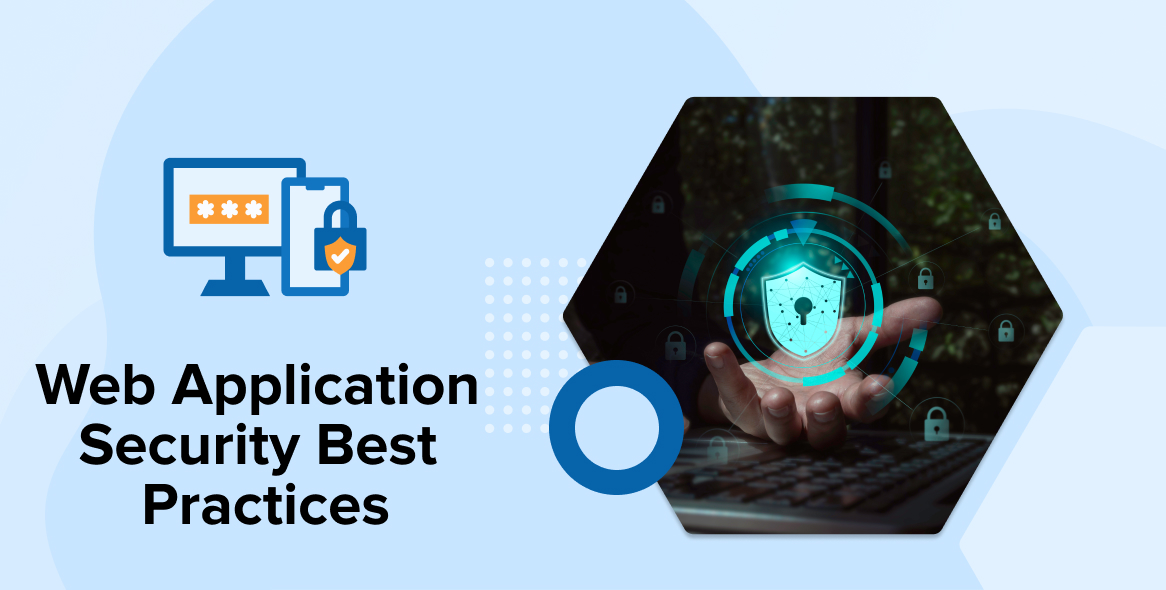
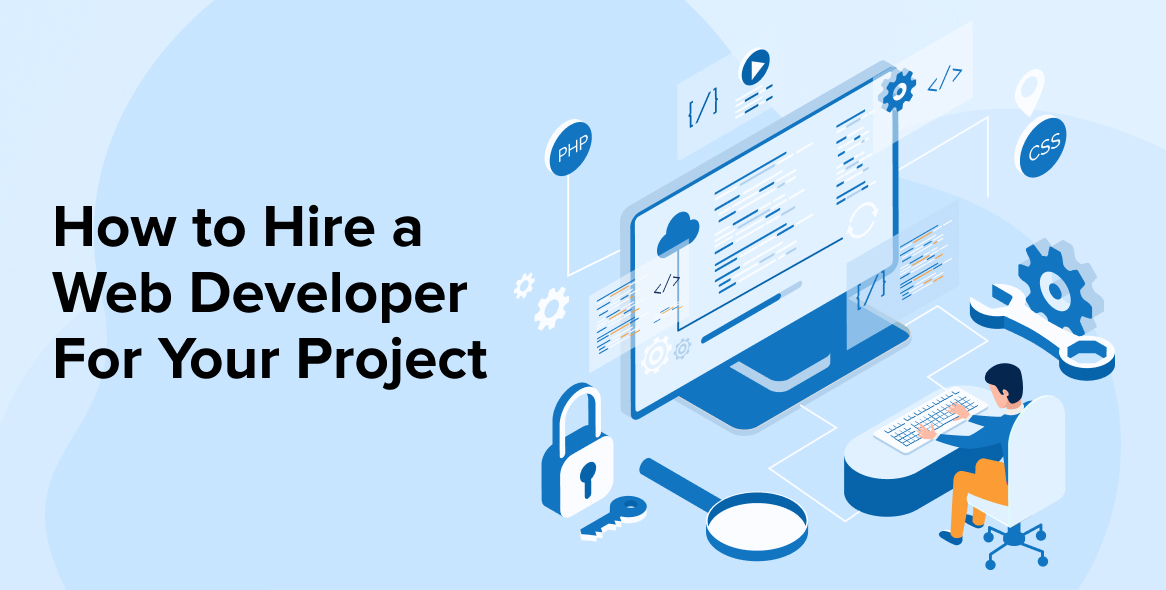
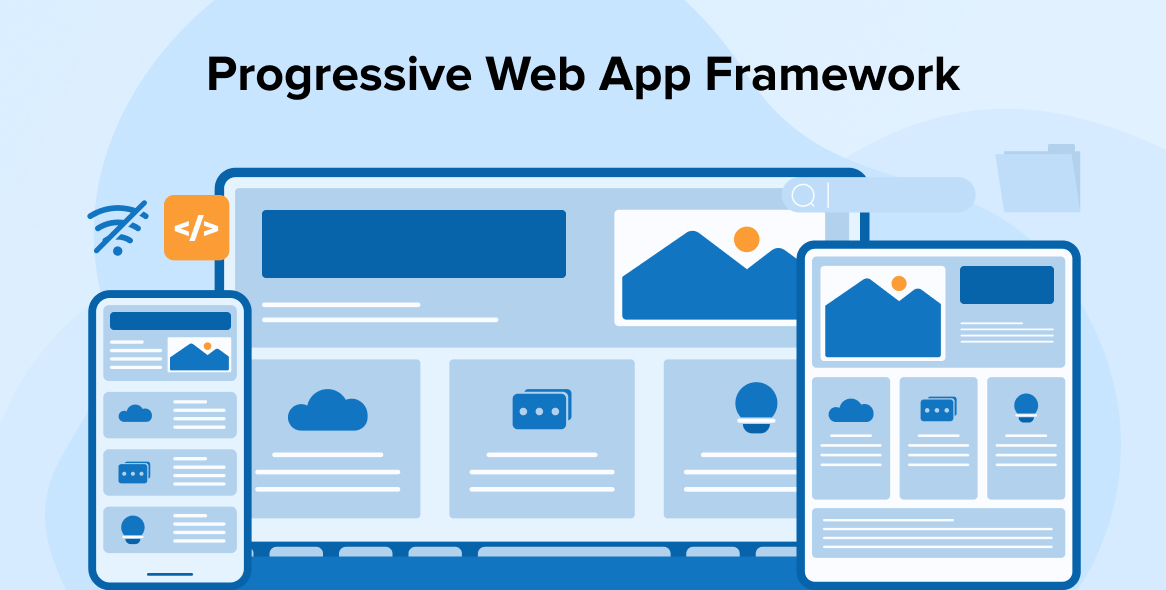

Comments
Leave a message...